A construction site can be a challenging venue at the best of times, but when the heavens open, survival mode kicks in. As a construction worker, braving squally showers, biting winds, and even freak storms becomes an everyday feat—and that's why donning appropriate rain gear is non-negotiable. But with a plethora of options in the market, how do you pick out the best rain gear?
In this comprehensive guide, we demystify the conundrum that rain gear selection can often be. From understanding your unique needs based on your weather conditions and construction tasks to the key features to look for and materials to consider, we've got you covered, literally! And we don't stop at just buying. Our handbook equips you with essential tips to maintain your rain gear. Just remember, picking up the right rain gear is not just about comfort—it's about your safety, your health, and your job performance. So, let's dive in, shall we?
Understanding Your Rain Gear Needs
Weather conditions are unpredictable and for individuals whose jobs demand them to operate in the outdoors, the unpredictability could lead to potential risks. For construction workers, having appropriate gear for every weather condition is not just vital for comfort but prioritizes safety too. Rain gear, in particular, plays a significant role in such contexts. Let's delve into the factors that can guide your selection process.
Different Weather Conditions
Does rainfall in your location usually come with high winds or is it typically a gentle drizzle? The intensity and type of rain should affect your choice of gear. For torrential downpours or storms, an item of robust, waterproof equipment like raincoats or rain boots is essential. On the other hand, for less severe weather situations, water-resistant clothing that can withstand a few splashes could be adequate. Here's a quick breakdown:
- Torrential Rain: Waterproof jackets, pants and boots
- Mild Rain or Drizzle: Water-resistant jackets and trousers
It's crucial to remember, however, while water resistance can shield you from drizzle and light rain, it does not have the capacity to keep you dry under a heavy downpour. Consequently, knowing your local weather patterns can be of great help in this aspect.
Type of Construction Tasks
The nature of the tasks performed at the construction site also helps determine the kind of rain gear needed. For instance, tasks demanding higher physical activity may call for lightweight and breathable material to avoid excessive sweating. However, tasks that involve contact with wet surfaces or mud might require heavier, completely waterproof gear. Below are some examples:
- Heavy Physical Activity: Breathable, lightweight waterproof clothes
- Close Contact with Wet Surfaces: Waterproof overalls, gumboots
Choosing the right raingear not only ensures your comfort on site but also contributes to your overall performance. In a nutshell, while gearing up for an unpredictable forecast, an understanding of your environment and work requirements is the secret behind making an informed choice. Stay dry, stay productive.
Key Features of a Good Rain Gear
If you're an outdoor enthusiast, a frequent commuter, or simply somebody who lives in an area with frequent rains, having a good set of rain gear is essential. But what makes a rain gear good? What features should you look for when buying the perfect rain gear for your needs? Here's a list of some key features that you should consider.
Waterproof
Evidently, the most important feature of any rain gear is its water resistance. A good waterproof jacket will use high-quality materials that prevent water from soaking through, but keeping you dry underneath. When choosing the gear, look for a high waterproof rating, the higher the rating, the better the waterproofing.
Breathability
While keeping the water out is important, it is equally essential for the gear to let sweat and moisture escape from the inside. This is where breathability comes into play. Breathable fabrics allow vapor to escape, ensuring you remain comfortable even during intense activities or in warm weather.
Durability
Choose rain gear that's made with sturdy, durable materials. The fabric should be resistant to wear and tear. Don't forget to check the seams and zippers too, as these are often the first spots to let in water over time.
Comfort
Comfort is paramount when it comes to any clothing item, and rain gear is no exception. Ensure that it fits well, not too tight so as to restrict movement, but not too loose that it allows water to seep in. Look for gear with adjustable features like cuffs and hoods for personalized fit.
Visibility
If you tend to be out and about in stormy weather, visibility can be a lifesaver. Rain gear in bright, reflective colors can help ensure that you're seen in low-light conditions.
Easy to Wear and Remove
Lastly, good rain gear should be easy to wear and remove. It would be a hassle to struggle with complex closures and zippers, especially in a downpour. Additionally, compact and lightweight gear that packs easily would be a bonus for those on the go.
Remember, you're investing in rain gear to protect you from the elements - so, the gear that ticks all the boxes in these criteria is likely to serve you well when the skies open up. Choose wisely and the damp weather won't be able to dampen your spirit!
Types of Rain Gear
In the unpredictable world of weather, it's indeed wise to always be prepared, especially when it comes to rain protection. When those dark clouds roll in, and the first droplets start to fall, the last thing you'd want is to get caught in the downpour without rain gear. To save you from a dreadful commute or outdoor adventure, we've compiled an easy-to-navigate guide on various types of rain gear. Whether it's navigating the city streets on a drizzly day or braving the outdoors amidst a torrential downpour, these rain-resistant essentials will keep you dry, cozy and ready to venture on.
Staying dry is often the difference between a good day and a bad day; it's as simple as that.
Rain Jackets
Rain jackets, known for their practicality, often boast a perfect balance of water resistance and breathability. These jackets come in different designs that suit varying style preferences:
- Hardshell Jackets: These are the top tier of moisture protection. Crafted from densely woven fabrics and treated with water-repellant finishes, they provide an impenetrable shield against the heaviest rains. Just remember, don't confuse them with insulated winter jackets – Hardshells are usually thin and lightweight.
- Softshell Jackets: For less intense rains and more physical activity, the softshell jacket is your best bet. They offer substantial water resistance, with an added bonus of being stretchy and highly breathable.
- Rain Ponchos: Perfect for unexpected showers, these are a great option for those who want ultimate portability. Easy to pack away, they can often be folded up to fit in your pocket.
Rain Pants
For those planning an outdoor adventure, rain pants should be on your checklist. When coupled with a good rain jacket, they provide an excellent shield against rain:
- Over-trouser Rain pants: These are typically roomy, designed to be worn over your regular pants. They are fantastic for those needing to transition between dry and wet environments.
- Rain Leggings: Made from water-resistant stretch fabric, these are perfect for active outdoor pursuits like running or biking.
Rain Boots
Not to be overlooked, rain boots are essential in a well-rounded rain gear arsenal. Aside from keeping your feet dry, they can add a splash of style to your rainy day outfit. From wellington boots, known for their timeless style and great utility, to the lovely low-cut ankle rain boots, there's a variety to choose from.
Full-Body Suits
When the forecast predicts relentless rain, the full-body suit is the ultimate rain combatant. It's designed to cover your entire body, providing unparalleled protection from the elements.
Whether you're an urban commuter, an adventurous hiker, or a keen festival-goer, having the right rain gear can make all the difference. Take it from us; being prepared with these rain-resistant essentials will certainly make you unaffected by the downpour, turning the wettest day into a delightful experience. So let the rain pour; with your rain gear on, you'll be singing, not sinking, in the rain.
Material Considerations for Rain Gear
Facing the unpredictable weather can be an adventure in itself. But fret not, for the right type of gear can shield you from the pounding rain while maintaining your comfort. With so many options available, it's crucial to understand the different materials used in crafting rain gear and their specific benefits. Aphrodite herself wouldn't want to mess up her dress because she didn't consider the materials involved!
Polyvinyl Chloride (PVC)
Polyvinyl Chloride, fondly known as PVC, is the sturdy grandparent of rain gear materials. Made from synthetic plastic polymer, its strengths lie in its durability and waterproof effectiveness. PVC rain gear is excellent for heavy rainfall and can resist the rowdiest storms.
- Impervious to water: PVC is a champion at water resistance. Raindrops just bounce off it like pebbles in a pond.
- Durability: It can withstand the challenges of harsh weather and rigorous use, making it an excellent choice for long-term usage.
- Budget-friendly: Despite its many perks, PVC gear is generally more affordable compared to other materials, making it the darling of many rainy escapades.
However, PVC is not the most breathable fabric and can become quite uncomfortable during warmer weather or intense physical activity. But if you're faced with a torrential downpour, a PVC raincoat is like the unwavering wall between you and the wrath of Poseidon!
Polyurethane (PU)
Enter Polyurethane, the sophisticated cousin of PVC. PU is a highly adaptable material offering a balanced combination of water-resistance and breathability. It's like a personal concierge, crafting the perfect weather-protection experience for you!
- Water-resistant: While Polyurethane may not be as impermeable as PVC, it does a fantastic job keeping you dry, even during extended rains.
- Breathability: PU's real charm is in its breathability. It allows heat and sweat to escape, making sure you're not simmering in your own sauce!
- Flexibility and comfort: It's more flexible and comfortable than PVC, making it ideal for activities that require movement, like walking your dog or performing a rain dance.
Despite its higher price point, many consider the comfort and versatility of PU-based rain gear worth the investment. After all, who doesn't want to feel like Zeus himself, wedging the sky and rain apart?
Gore Tex
Gore Tex has been in the rain gear game for a while, and it knows its way around a storm. Through innovative technology, it marries the best of both worlds: water resistance and breathability.
- Waterproof: Gore Tex has an innate ability to repel rain, ensuring you stay as dry as a desert.
- Breathable: While keeping you dry, it also wicks away sweat and maintains a comfortable temperature inside your gear.
- Durability: The robust material keeps your gear going for years, making it a one-time investment for long-term safety.
While Gore Tex may be the Hermes of rain gear, delivering the all-in-one package but with a price, its value is unparalleled. It's tailored to those who are not ready to compromise their comfort for affordability.
In the end, whether you choose the steadfast PVC, the balanced PU, or the high-tech Gore Tex, your decision will boil down to your specific needs and preferences. Each material has its strengths, making the quest for the perfect rain gear a matter of personal preference and environmental requirement. So gear up and step out, because with the right material, you can dance in the rain rather than just getting wet!
Maintaining Your Rain Gear
Whether you're a seasoned hiker, an ambitious sailor, or someone who just appreciates a regular walk in the rain, your rain gear is central to your comfort and, more importantly, safety. This protective layer deals with rough weather, keeps you dry, and at times, even stands between you and hypothermia. However, as crucial as they are, these gear - be it your waterproof jackets or trousers, are often the most neglected. To ensure they perform optimally and last longer, regular cleaning, mindful storage, and timely replacement are necessary.
Cleaning
Regular cleaning is the first line of defense when it comes to maintaining your rain gear. Dirt and grime can adversely affect the gear's performance by eroding the durable water repellent (DWR) coating that keeps you dry during a downpour. Here are some simple steps to clean your gear:
- Shake off any loose dirt or mud before washing.
- Always check the manufacturer's instructions on the label.
- Use a gentle detergent or a cleaner specifically designed for technical outdoor clothing.
- Rinse thoroughly to remove all soap residues.
Remember, over-washing can harm the waterproofing properties over time. It is best to clean only when there is visible dirt or reduced water repellence.
Storage
Equally important as cleaning is the storage of your rain gear. Proper storage not only enhances the longevity of your gear but also ensures that it remains functional. After every use, and especially after washing:
- Keep them hanging in a dry, shaded place, away from direct sunlight or any heat source.
- Be sure that the gear is thoroughly dry before storage to prevent the growth of mildew or bacteria.
- Never compress or bundle up your waterproof gear. It needs space to maintain its features.
Good care is a direct indicator of your gear's lifespan, so it's worth the time and the effort.
Timely Replacement
Even the best-cared-for rain gear will eventually need to be replaced. Some experts say every three to five years, but this depends on frequency and intensity of use. It's time for a new purchase when:
- You notice persistent damp spots, especially in critical areas like shoulders and knees.
- The inner lining starts peeling off.
- The outer fabric no longer repels water despite regular cleaning and reproofing.
Recognizing when to invest in new rain gear is crucial. In the end, it's about your comfort and safety.
Remember, how you care for your rain gear can significantly impact its lifespan and effectiveness. By cleaning, storing, and replacing them properly, you can ensure that they remain a reliable companion, keeping you dry and making your rainy adventures more enjoyable.
Conclusion
Choosing the right rain gear is crucial for any construction worker who spends a significant amount of time outdoors. Not only does it keep you dry during wet conditions, but it can also add an extra layer of safety with enhanced visibility. In essence, the perfect rain gear is waterproof, durable, breathable, comfortable, and visible. It should also be easy to wear and remove. Consideration of the materials, understanding the different types of gear, and maintaining your rain gear by proper cleaning, storage, and timely replacement can significantly extend its life.
While these tips provide a good starting point, you can explore a variety of premium quality rain gear offered by Hurricane Raingear. The satisfaction of our thousands of customers bears testament to our promise of top-notch quality and dedicated customer service — ensuring you stay dry, comfortable, and productive, no matter the weather.
With well-rounded information in hand, you are now equipped to make an informed decision and pick the right rain gear for your needs. Here's to working comfortably, safely, and effectively in challenging weather conditions!
Frequently Asked Questions
-
What are the important qualities to look for in rain gear for construction workers?
Important qualities to look for in rain gear for construction workers include waterproof or water-resistant material, durability, breathability, visibility features, proper fitting, and additional protection against wind and cold.
-
What types of rain gear are commonly used by construction workers?
Common types of rain gear used by construction workers include waterproof jackets, rain pants, rain boots, waterproof gloves, and waterproof hats or hoods.
-
How do I determine the right size for rain gear?
To determine the right size for rain gear, refer to the manufacturer's size chart and measure yourself accurately. Pay attention to chest, waist, hip, inseam, and sleeve measurements for jackets and pants. It's best to also consider trying on the gear if possible.
-
Are there any specific safety features I should look for in rain gear?
Yes, there are specific safety features to look for in rain gear for construction workers. These include hi-vis or reflective strips or patches, adjustable hood for better peripheral vision, and reinforced knee and elbow areas for added protection.
-
How do I maintain and clean rain gear for long-lasting use?
To maintain and clean rain gear, follow the manufacturer's care instructions. Generally, it's recommended to hand-wash with mild detergent, avoid using bleach or fabric softeners, hang dry completely, and store in a cool, dry place away from direct sunlight.



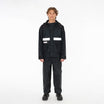



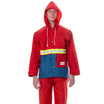


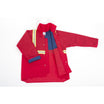

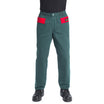



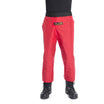



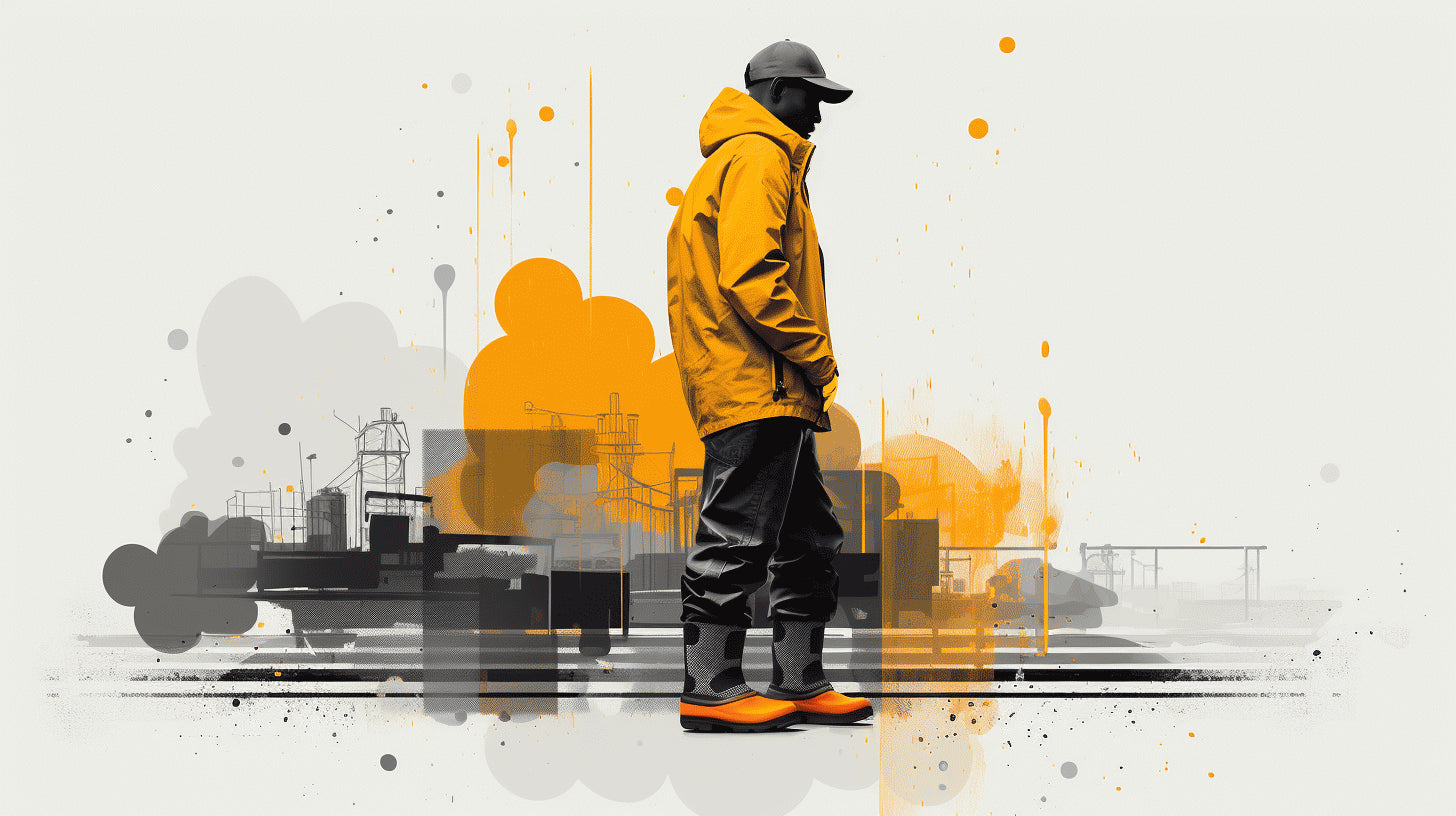

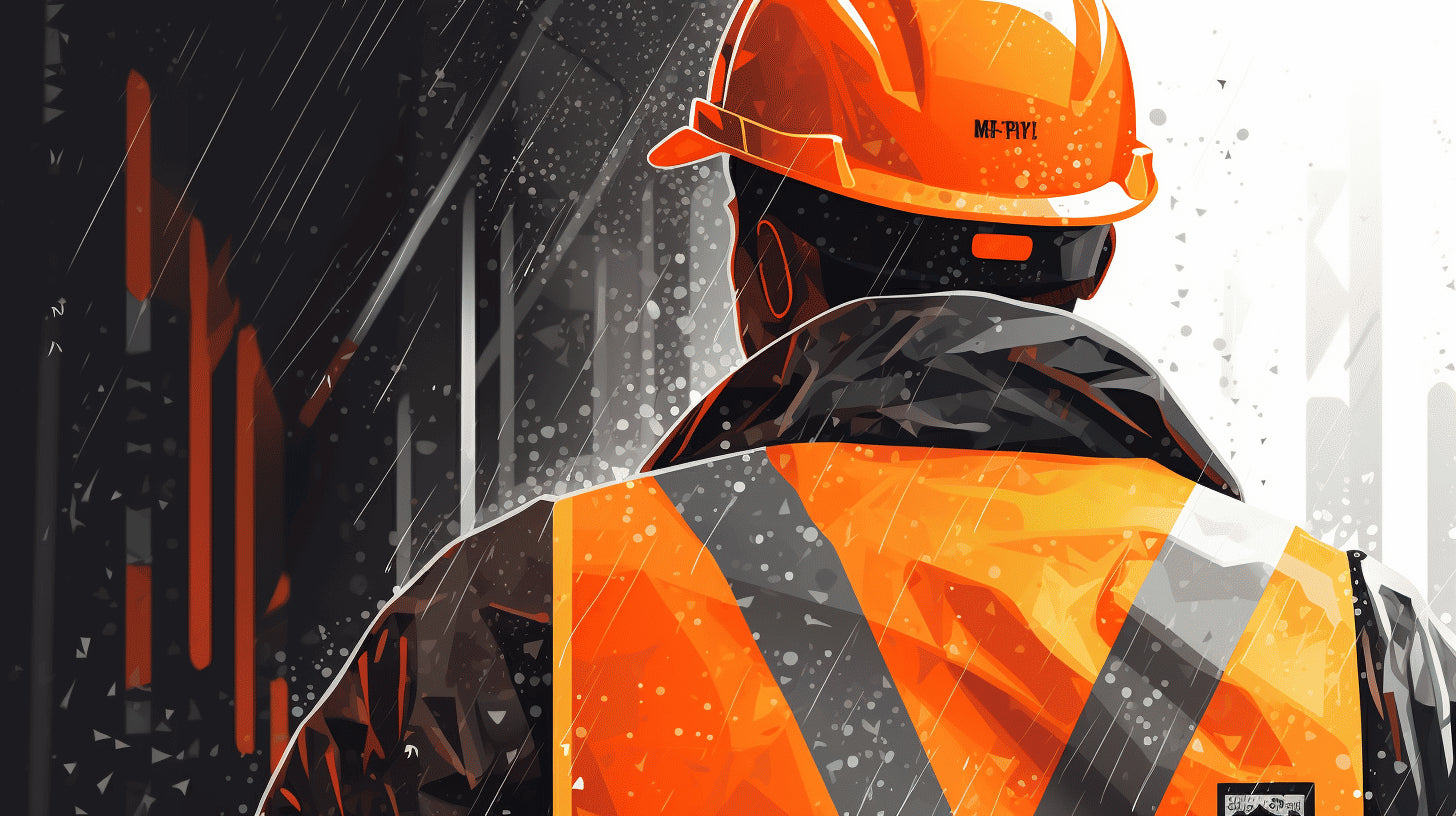
Leave a comment
This site is protected by hCaptcha and the hCaptcha Privacy Policy and Terms of Service apply.